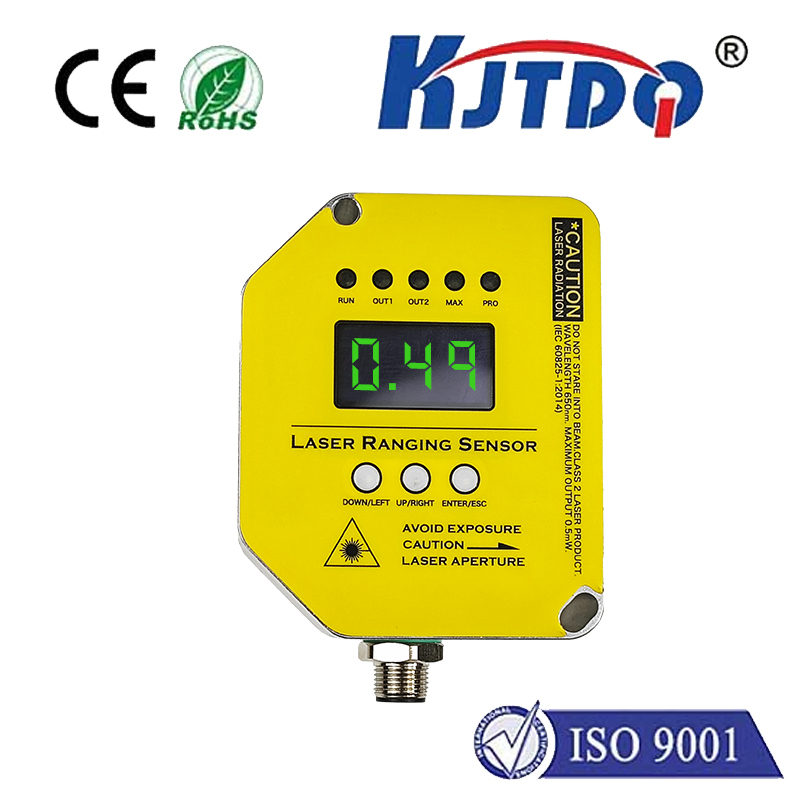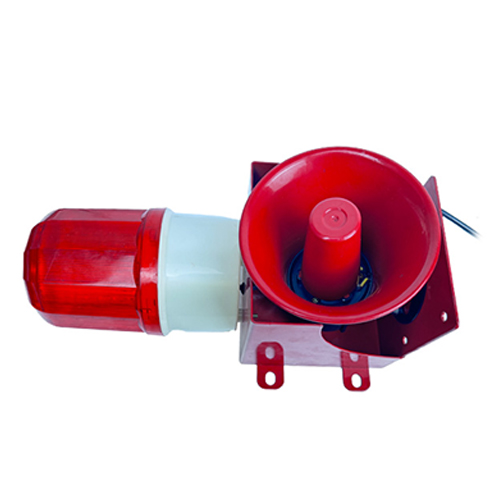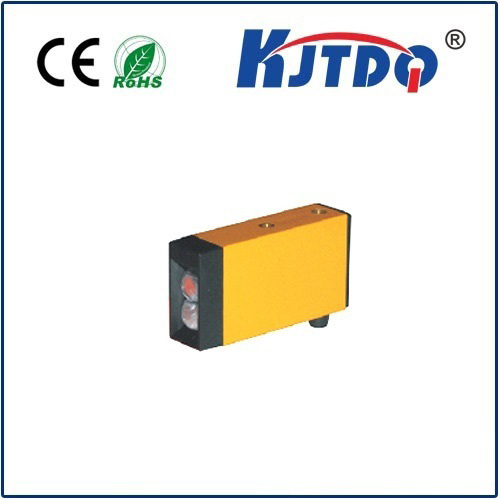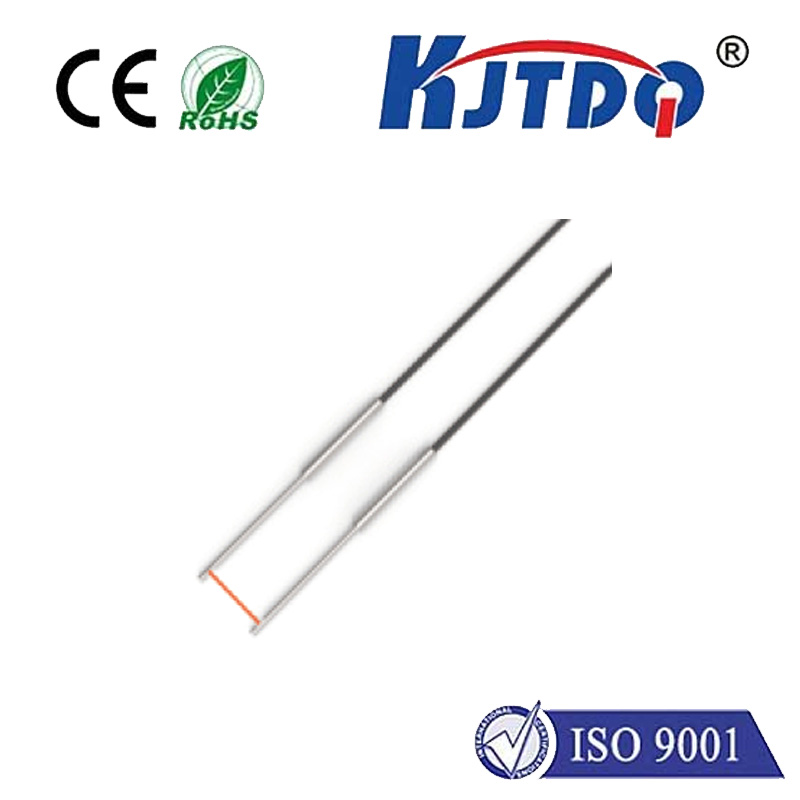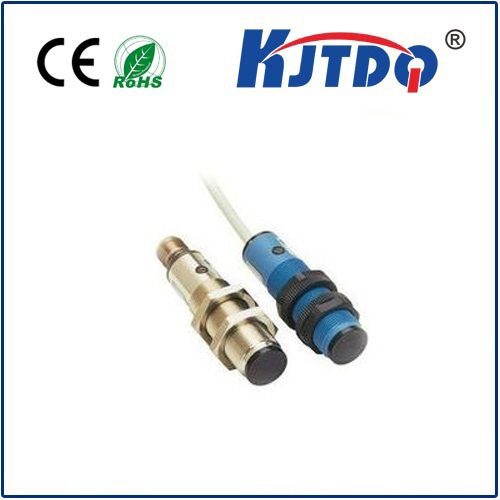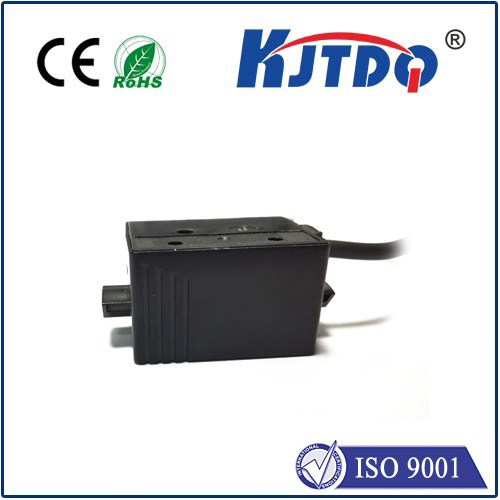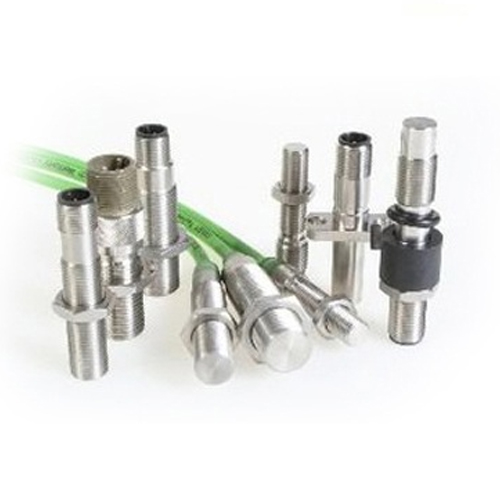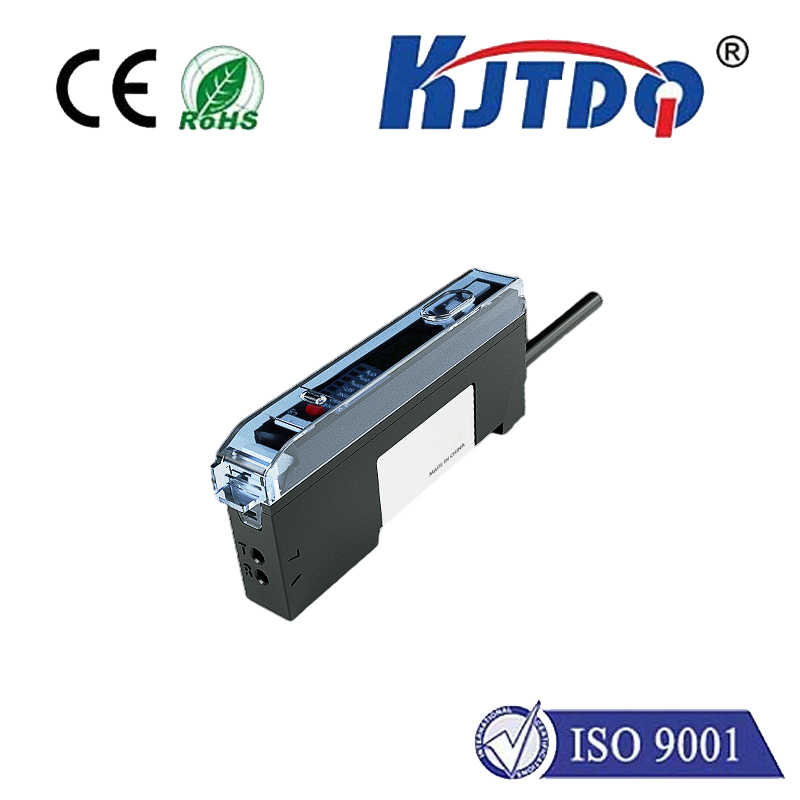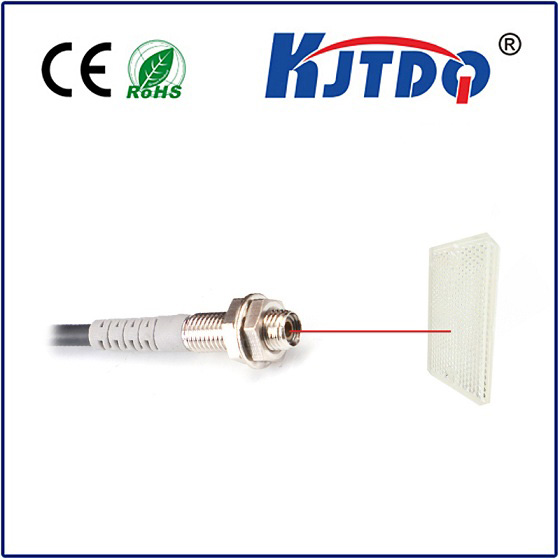photoelectric cell sensor
- time:2025-07-24 02:02:35
- Click:0
Unseen Guardians: How Photoelectric Cell Sensors Illuminate Automation and Security
In a world increasingly driven by invisible forces, few technologies work as tirelessly and unseen as the photoelectric cell sensor. Often unnoticed, these remarkable devices quietly shape our modern reality. Whether it’s the automatic door smoothly sliding open as you approach the supermarket, the production line flawlessly assembling your smartphone, or the security system vigilantly monitoring a dark perimeter, photoelectric sensors are the silent sentinels translating the presence or absence of light into critical actions. Understanding these sensors reveals the fundamental role light detection plays in countless aspects of automation and safety.
Seeing the Light: The Core Principle
At its heart, a photoelectric cell sensor functions on a beautifully simple physical phenomenon: the photoelectric effect. Discovered significantly in the late 19th century and explained by Einstein (laying groundwork for quantum theory), this effect describes how certain materials emit electrons when struck by photons – particles of light. Modern photoelectric sensors exploit this principle using a carefully engineered component: a photoelectric cell, also known as a photodetector. This cell, typically a photodiode or phototransistor, acts as the transducer, converting incoming light intensity into a proportional electrical signal. Crucially, this signal change – a rise or fall in current or voltage – signals the sensor’s logic circuit to trigger an output, signifying detection.

Beyond Simple On/Off: Key Operating Modes
Photoelectric sensors are incredibly versatile, employing three primary operating modes to detect objects under diverse conditions:
- Through-Beam (Opposed Mode): This robust method uses separate emitter and receiver units facing each other. The emitter projects a concentrated beam of light (often infrared for immunity to ambient light) directly towards the receiver. An object passing between them interrupts this beam, causing the receiver’s output to switch state. Through-beam sensors offer the longest sensing distances and highest reliability, making them ideal for precise object counting, high-speed detection, or detecting very small objects. However, their installation requires precise alignment on both sides of the target path.
- Retroreflective (Reflector Mode): This mode simplifies installation by combining the emitter and receiver within a single housing. It relies on a special retroreflective target, usually a prism or tape, positioned opposite the sensor. The emitter sends light towards the target, which reflects the light beam directly back to the receiver. An object blocking this light path triggers detection. Retroreflective sensors provide longer ranges than diffuse models and are less sensitive to target surface properties than diffuse sensors. Beware: Shiny objects near the beam path might inadvertently reflect light, causing false triggers.
- Diffuse (Proximity Mode): Here, both emitter and receiver reside together, facing the target area. The sensor detects an object when light emitted from its source reflects diffusely off the object’s surface and returns to the receiver. Crucially, the sensor itself acts as the reference point. Diffuse sensors are the easiest to install since no separate reflector or receiver unit is needed. However, their sensing range is typically shorter than the other modes, and detection reliability can be influenced by the target’s color, reflectivity, and surface texture. Dark, matte surfaces absorb more light and are harder to detect than light, reflective ones. Advanced Background Suppression (BGS) and Fixed Field Background Suppression (FGBS) diffuse models significantly improve performance by precisely controlling the sensing field’s range and rejecting reflections from surfaces beyond the target.
Illuminating Applications Across Industries
The fundamental principle of converting light disruption into an electrical signal grants photoelectric sensors exceptional versatility:
- Industrial Automation: The backbone of modern manufacturing. They count bottles on a filling line, detect labels on packaging, control stacking heights, verify component presence on circuit boards, ensure correct part positioning for robotic assembly, and monitor material levels in bins or hoppers. Their speed and non-contact nature are vital for high-throughput environments.
- Material Handling & Logistics: Enabling smooth warehouse and distribution center operations. Sensors detect packages on conveyors (triggering sorting arms or diverters), control elevator door operation, detect pallet positions, and ensure vehicles are correctly positioned at loading docks.
- Packaging Machinery: Critical for ensuring precise and efficient packaging. They detect packaging film jams, verify carton flaps are properly folded, confirm the presence of products inside boxes before sealing, and control the application of labels.
- Automotive Manufacturing: Used extensively on assembly lines for part verification, robot guidance, weld nut detection, door and hood position checks, and ensuring paint booth access control.
- Building Automation & Access Control: Providing convenience and security. They trigger automatic sliding doors, activate lighting systems upon occupancy in rooms or hallways, and sometimes contribute to perimeter security systems (though usually combined with other technologies).
- Security Systems: Forming part of perimeter protection beams or internal detection systems, often using infrared beams to detect intrusions when the beam is broken.
- Vending Machines & ATMs: Detecting the presence of bills or coins and confirming that dispensed items have been collected by the user.
- Printing & Paper Industry: Monitoring paper roll diameter, detecting paper breaks, and controlling web guiding systems.
Selecting the Right Visionary Sentinel: Key Factors
Choosing the optimal photoelectric sensor requires careful consideration of the application’s demands:
- Detection Mode: Which principle (Through-Beam, Retroreflective, Diffuse) best suits the object, required range, mounting constraints, and environmental conditions? Through-beam wins for range and reliability where alignment is feasible; diffuse for simplicity on reflective targets within range; retroreflective offers a middle ground.
- Sensing Range: How far away does the sensor need to reliably detect the object? Through-beam offers the longest potential range.
- Target Properties: What is the object’s size, shape, color, material, and surface finish (shiny, matte, transparent)? Transparent objects are notoriously tricky and often require specialized polarized sensors. Color contrast against the background can be crucial for diffuse sensors.
- Environmental Conditions: Will the sensor be exposed to dust, dirt, moisture, oil, extreme temperatures, or strong ambient light? IP ratings (Ingress Protection) indicate dust/water resistance. Special housings and filters are available for harsh conditions. Heavy fog or steam can scatter light beams.
- Required Output: What type of signal does the control system need (e.g., NPN/PNP transistor, relay, analog)?
- Response Time & Switching Frequency: How fast must the sensor detect an object and signal it? How close together are the objects passing? Critical for high-speed applications.
- Power Supply: Matching voltage requirements (e.g., 10-30 VDC, 20-250 VAC).
The Enduring Pulse of Detection
Photoelectric cell sensors are a triumph of applied physics, transforming the ephemeral nature of light into concrete, actionable data. From the intricate dance of robotic arms on an assembly line to the simple convenience of a door opening as you walk by, these unseen components deliver reliability and precision non-contact detection. Their fundamental operating principle based on the photoelectric effect remains robust, while continuous advancements in emitter technology (like powerful LED and laser diodes) and sophisticated receiver circuits enhance performance, range, and resilience against challenging environments. By understanding their core modes – Through-Beam, Retroreflective, and Diffuse – and carefully evaluating application requirements, engineers and technicians can harness the power of light to build smarter, safer, and more efficient automated systems. In the grand narrative of modern technology, the humble photoelectric sensor remains an indispensable, illuminating thread.






